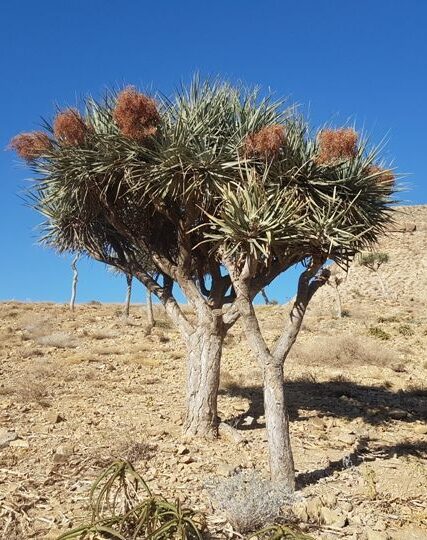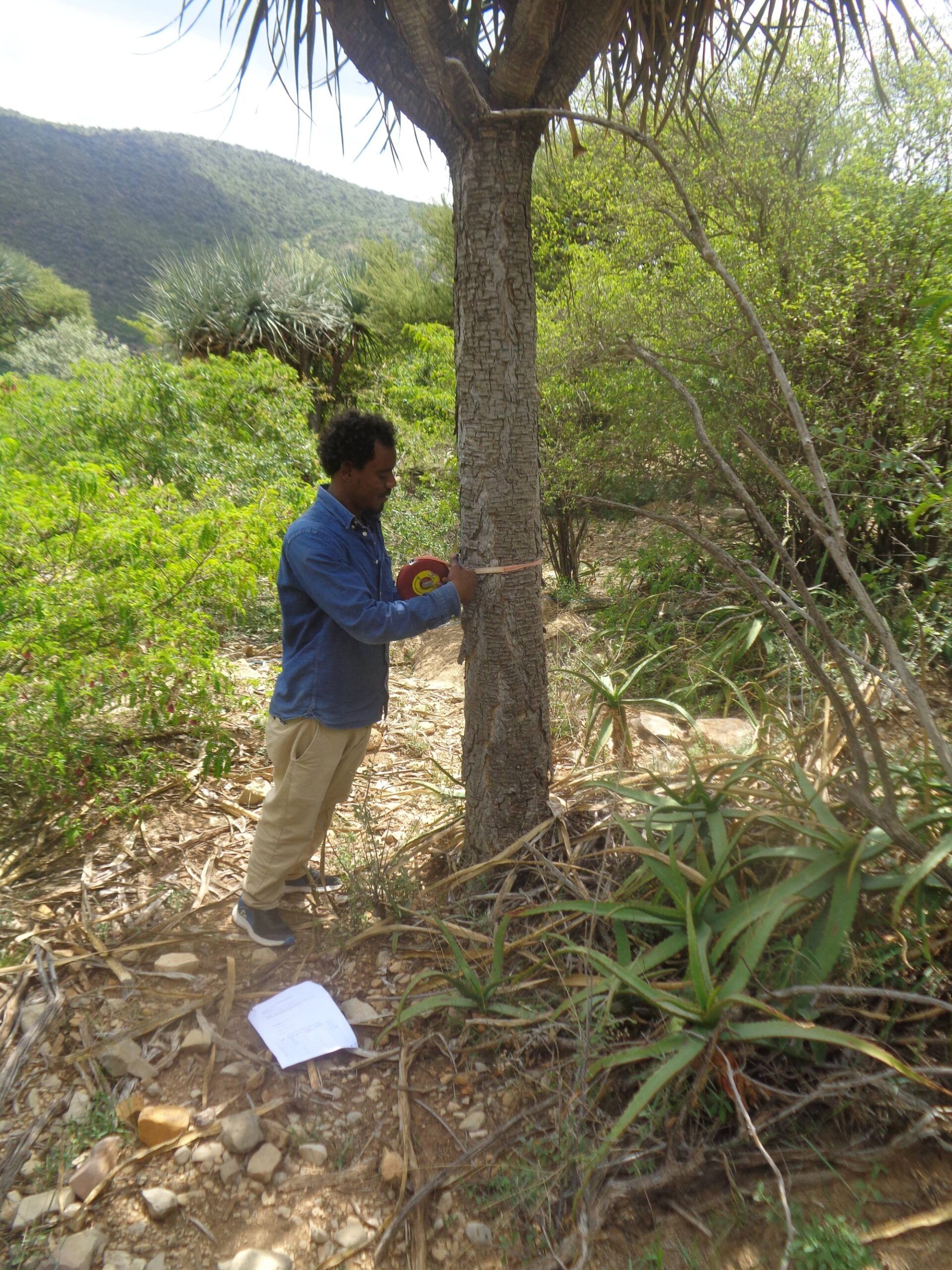Meet Tesfay Gidey: plant science researcher at Adigrat University
In this series, we chat to the dedicated staff members, conservation partners and volunteers at PTES. We find out why each of them chose a career in wildlife conservation, what they find rewarding about their work and what they love most about what they do.
Tesfay Gidey
Researcher and lecturer in the Department of Plant Science at Adigrat University.
Why did you decide wildlife conservation was the career for you?
I grew up near one of Ethiopia’s national forest priority areas, the Desa’a forest, one of the last remaining dry Afromontane forests in the world.
It is highly diverse and home to many threatened species. Living close to such a beautiful habitat means I have been interested in plants, animals and nature since my early childhood.
What’s your role and what’s the most rewarding part of it?
Since 2018, I have led dragon tree conservation in Ethiopia. As part of my role I collaborate with various national, regional and global partners which is really rewarding as this helps to spread awareness of the dragon tree’s threats globally and increase funds for it’s conservation.
What has been your proudest moment so far?
My proudest moment is when, for the first time, in Ethiopia, me and my team began studying the globally endangered dragon tree (Dracaena ombet). Because of these studies, we could begin conservation action to protect dragon trees, including raising awareness of the tree’s importance and restoring its habitat. I’m really proud of this work as it is contributing to saving the species from extinction and allowing more of its seedlings to grow.
What are the main reasons for some of your greatest successes?
I owe a lot of my success to working closely with multiple groups on dragon tree conservation, particularly with the local communities who know their landscapes and challenges really well. Involving local people really helps the success of the project and I’m very grateful for their collaboration.
Reflecting on your past, what’s been your most memorable experience?
Working with the local communities collaboratively on nature conservation, especially hearing them share their traditional experiences of the local forest is something I will treasure.
What difficulties or challenges do you face in your work and how do you think you’ll overcome them?
Often due to the limitations of the project, I work with a selection of the local community members. However, this can mean the non-selected locals complain about being left out. I try and tackle this challenge by talking to representatives of the local communities such as the elders and religious leaders, to keep them in the loop with the project and to try and involve them the next time around.
Do you have a special love for a particular species and why?
I love the dragon tree as the species is really important for the local communities, particularly to the poor local women. For example, during difficult drought periods, seeds of the tree are used as a source of food, sustaining the local communities through times of struggle.

What does the future hold for you and your species?
Over the next few years, in collaboration with my project partners, we will continue our conservation efforts, and work to increase dragon trees at regional, national and even global scale so this amazing tree can be recognised and thrive once again.
How can we best inspire the younger generation and what advice would you give to young conservationists just starting out?
By showing them that it’s not all doom and gloom – we can make a difference and there are positive stories about nature recovery, which we should celebrate.
Header image: Landscapes of the Desa’a dry Afromontane forest, Northern Ethiopia

